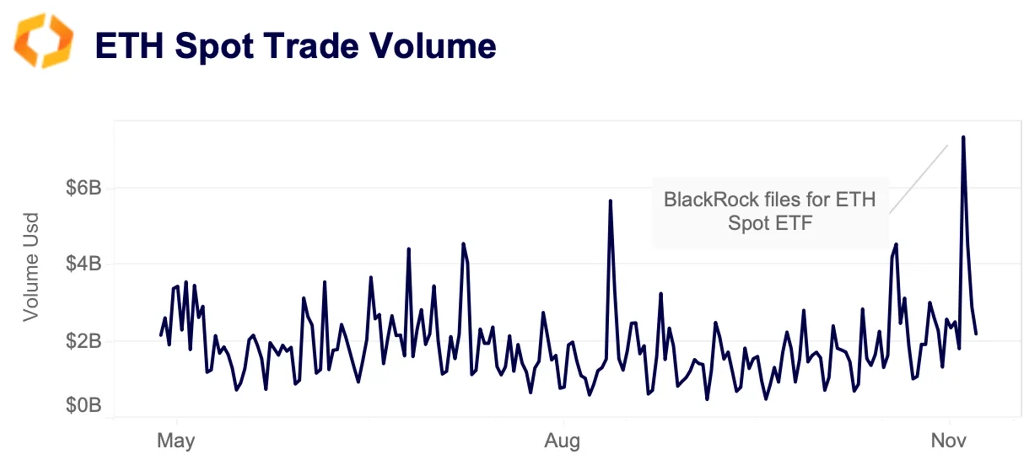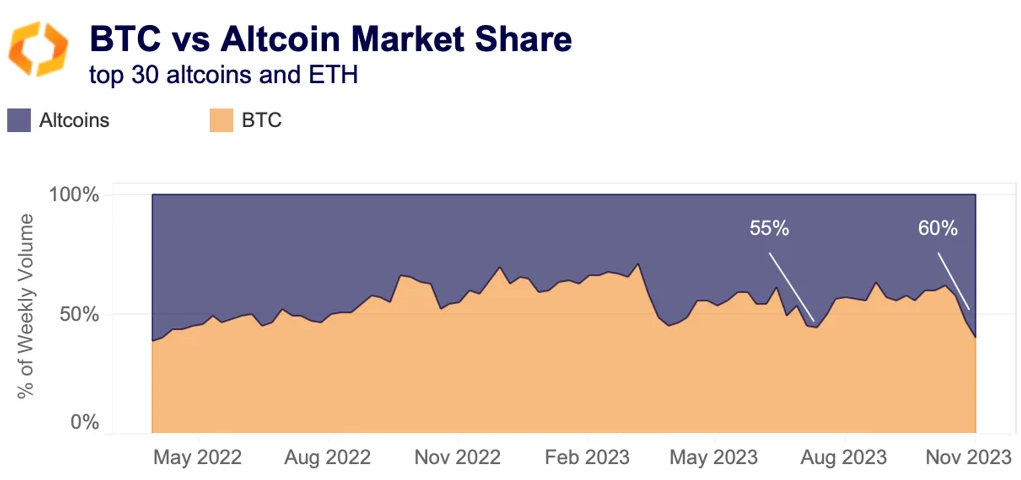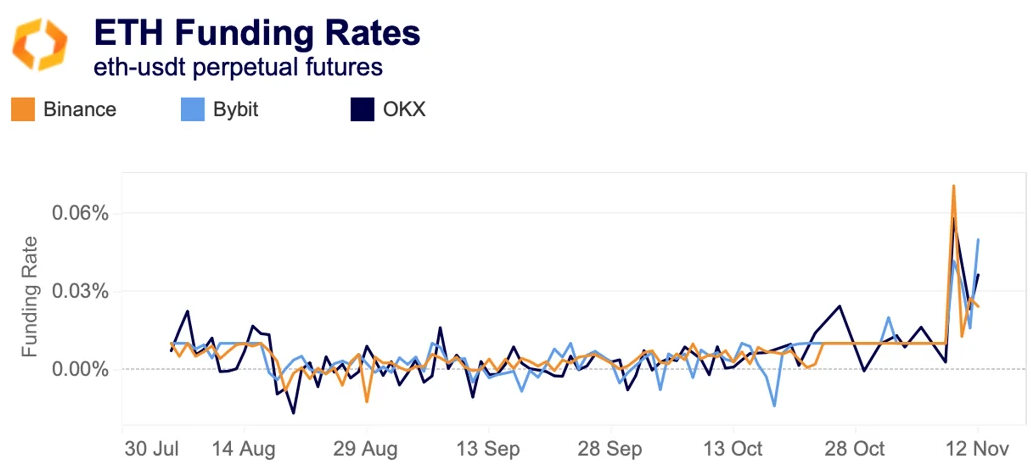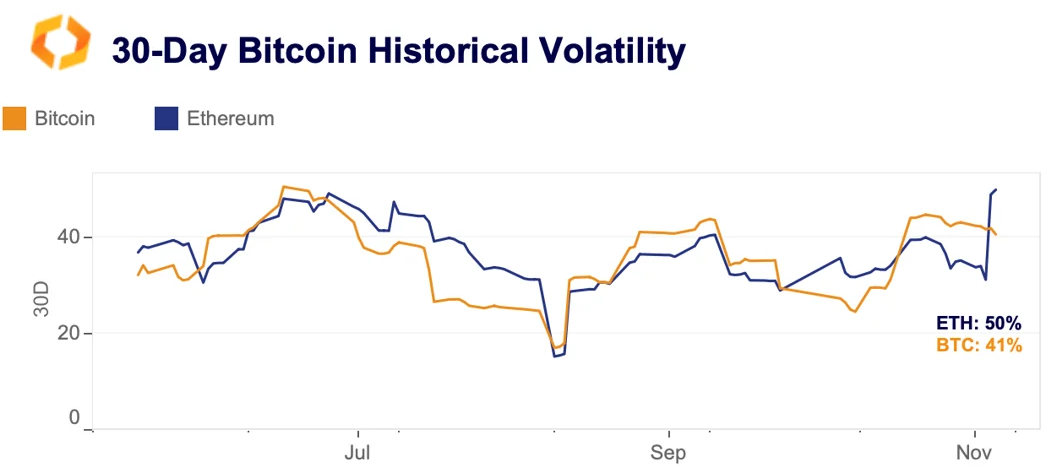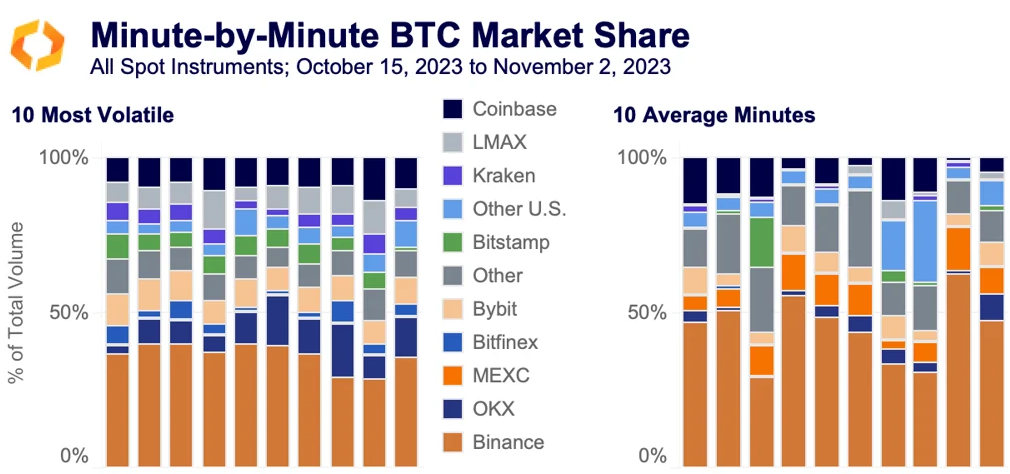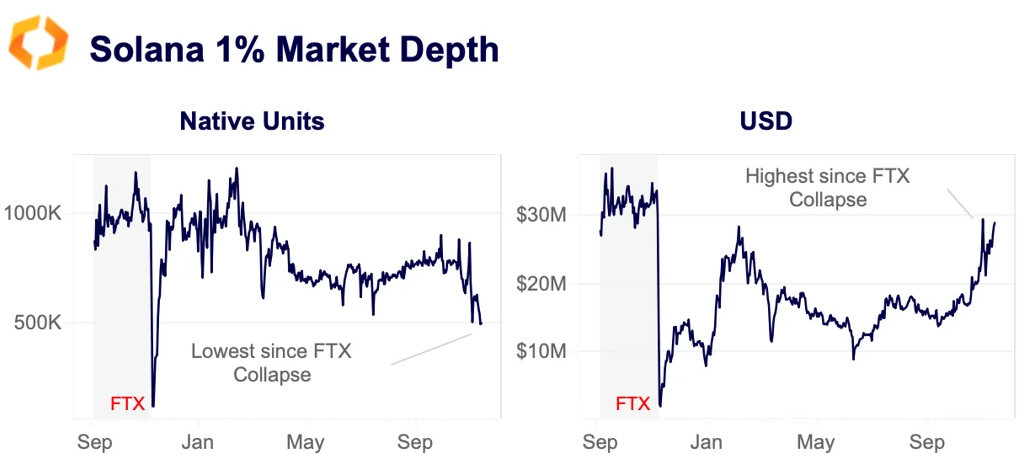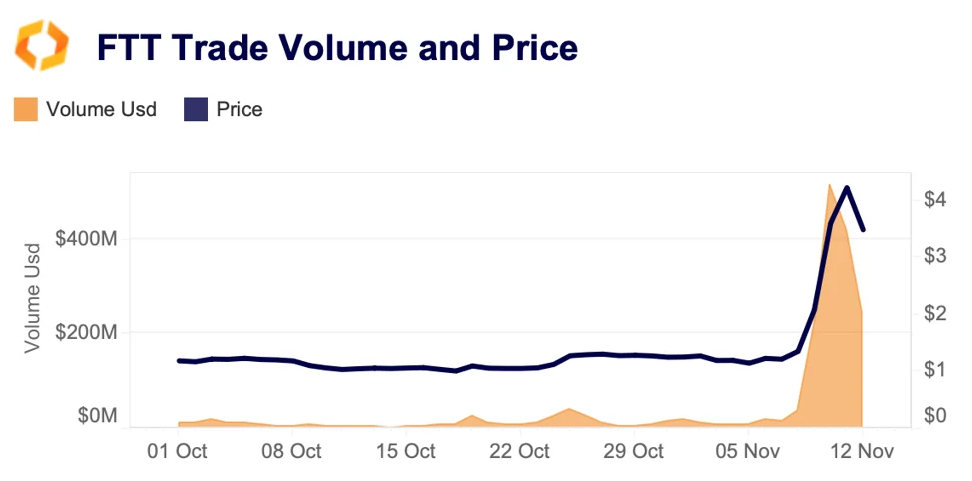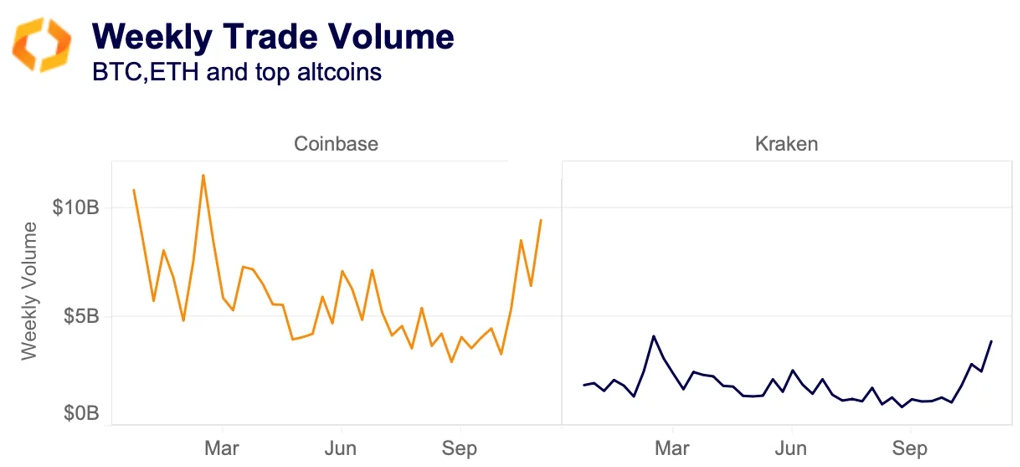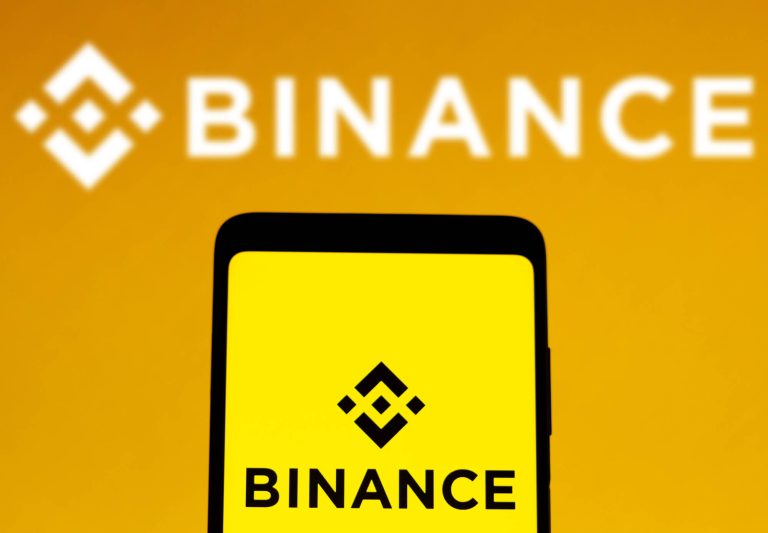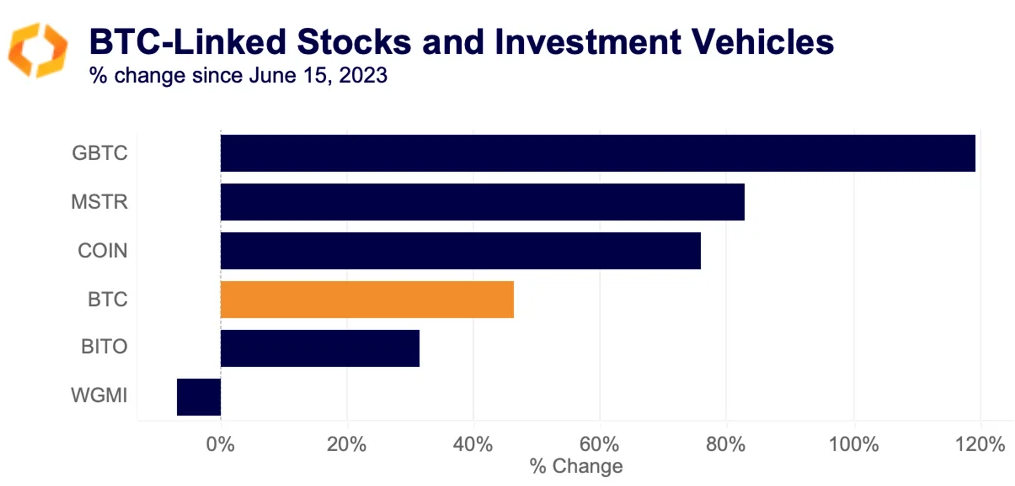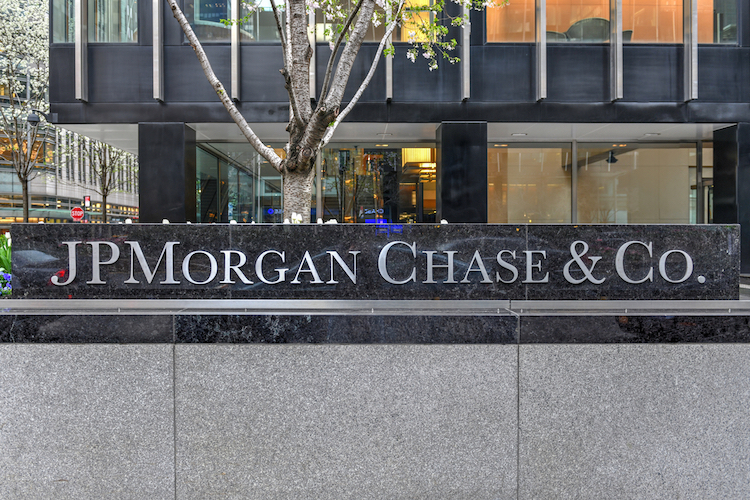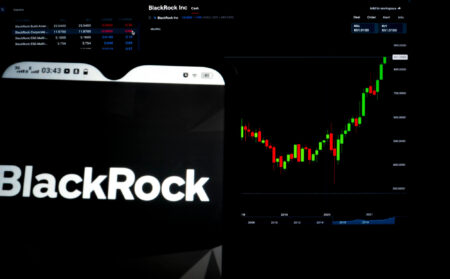A summarizing review of what has been happening at the crypto markets. A look at trending sectors, liquidity, volatility, spreads and more. The weekly report in cooperation with market data provider Kaiko.
ETH closed the week above $2k, outperforming BTC after BlackRock filed for a spot ETH ETF. In other news, the CME Group overtook Binance as the largest BTC futures market by open interest, Poloniex suffered a $114mn hack, and JP Morgan launched programmable payments. This week we explore:
- The market impact of BlackRock's spot ETH ETF filing
- Solana's surging price despite low liquidity
- Why the BITO ETF is underperforming spot BTC
ETH joins the rally as BlackRock files for spot ETF
ETH has struggled to gain momentum over the past year, strongly underperforming BTC and many altcoins. The ETH to BTC ratio, which measures the relative performance of the two assets, has trended downwards ever since The Merge, even though ETH underwent another successful upgrade in April.
However, sentiment around ETH finally shifted last week after BlackRock filed for a spot ETH ETF, causing the ratio to reverse.
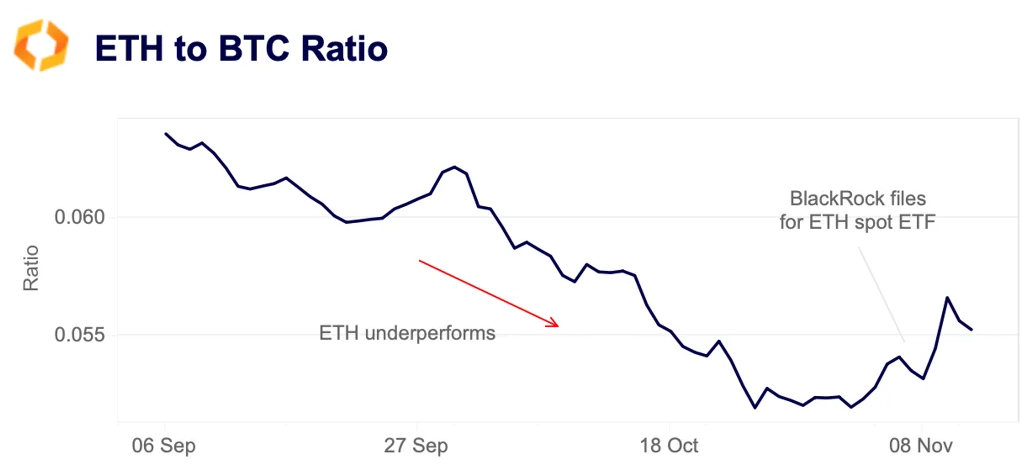
The market impact was strong, with ETH prices surging above $2k for the first time since April and daily spot trade volumes hitting $7bn, their highest level since the FTX collapse.
The ETH ETF narrative added legs to the ongoing rally, which has been helped by improved global risk sentiment and falling U.S. Treasury yields. The market share of altcoin + ETH volume relative to BTC has risen to 60%, its highest level in more than a year. Historically, altcoin volume increases relative to BTC during a bull rally.
Demand for leverage is also rising, with ETH open interest (blue) recovering to its early August levels. Interestingly, BTC (orange) has seen its open interest decline over the past month, mainly due to a wave of liquidations on Binance. This led the Chicago Mercantile Exchange (CME) to overtake Binance as the largest BTC futures market last week.
ETH funding rates — a gauge of sentiment and bullish demand — have also surged to their highest levels in more than a year, suggesting sentiment has turned.
So far in November, BTC and ETH 30-day volatility has risen to 40% and 50%, respectively, after hitting a multi-year low of around 15% during the summer months.
Higher volatility and trade volumes are likely to attract liquidity providers back to the market, helping to repair the “Alameda gap” — the post-FTX gap in order book depth — which has persisted for more than a year.
Is a spot bitcoin ETF imminent?
The SEC has cited a lack of surveillance sharing and the potential for manipulation as reasons for rejecting previous spot bitcoin ETF applications. Are new surveillance sharing agreements with Coinbase enough? Our latest Deep Dive takes a granular look at BTC volumes to better understand which exchanges have the most influence on price.
We find that it’s hard to imagine a scenario in which an entity could manipulate an ETF’s price over a short time frame without also attempting to manipulate the price on Coinbase, meaning it should fit the definition of “significant market” as required by the SEC.
SOL liquidity analysis: breaking down the rally
Solana continues to soar with no obvious catalyst, hitting $60 for the first time since May 2022. The cryptocurrency is now ranked 7th in market cap, just behind USDC. Has liquidity increased on centralized exchanges to match the trend?
We find that it has not, at least when measuring liquidity in terms of the depth of order books. Our measure for liquidity — market depth at 1% of the mid price — shows that the total quantity of bids and asks on SOL order books has fallen. When denominating this liquidity in USD, rather than native units, it has increased, largely driven by price effects as the token is up 40% week-on-week.
However, the data suggests that market makers have not returned to SOL markets. The low liquidity could actually be contributing to SOL's gains; the less ask-side liquidity, the easier it is to push up the price of SOL.
The price surge is particularly surprising considering that the FTX bankruptcy estate has reportedly un-staked and transferred to centralized exchanges millions of SOL tokens. Back in September, the defunct exchange obtained a court approval to start selling its crypto assets boosting fears of a price crash. However, SOL prices have rallied ever since, outperforming BTC by a large margin.
FTT price and volume surge on FTX revival hopes
FTX's token FTT unexpectedly surged by more than 180% last week after comments by SEC chairman Gary Gensler boosted hopes that FTX 2.0 could get a green light. Several buyers are reportedly interested in acquiring the defunct exchange's assets after Sam Bankman-Fried's guilty verdict earlier this month. FTT daily volumes surged to around $500mn, led by Binance, which accounted for nearly 90% of FTT's trading volume. Despite having no use case and an unclear future, FTT continues to be traded on a dozen of crypto platforms, with an average daily trade volume of around $20mn.
Kraken market depth surpasses Coinbase
Despite having three times less trade volume than Coinbase among the tokens examined, Kraken's liquidity as measured by 1% market depth has been slightly greater than Coinbase's since April. Our aggregated market depth data includes BTC, ETH, and the top 30 altcoins.
We first noticed Kraken's strong liquidity in the early summer when analyzing the impact of the regulatory crackdown on exchange liquidity. Kraken holds nearly 40% of the market depth among U.S.-available exchanges, compared to Coinbase's 33%. The trend is interesting because Coinbase remains the largest U.S. exchange by trade volume with a market share of over 57%.
The weekly trade volume on Kraken for these tokens averaged $2bn in 2023 compared to $6bn on Coinbase.
Interestingly, although Kraken lags behind Coinbase in overall volume, the exchange is the largest stablecoin-to-fiat market. Stablecoin-to-fiat trading pairs account for nearly 37% of Kraken's trade volume compared to only 16% for Coinbase and 10% for Gemini. This suggests that many traders are using exchange as a fiat on/off ramp and to arbitrage stablecoin and fiat prices.
BITO underperforms spot BTC since June
Inflows into BTC-linked investment vehicles have gained momentum in recent weeks in parallel with the upswing in the crypto market. However, since the BlackRock BTC spot ETF filing mid-June, BTC-linked investment vehicles and stocks have performed differently, suggesting that investors are also considering the potential impact of a spot ETF on the market. While GBTC has risen by almost 120% since mid-June, the largest BTC futures ETF — BITO — has underperformed. Spot ETFs are considered more efficient than futures ETFs and are likely to cannibalize the market.
Interestingly, MicroStrategy – the largest corporate holder of BTC — is the second-best performer, outperforming Coinbase. While MicroStrategy's share prices may suffer from increased competition following the approval of a spot ETF, analysts expect the company to benefit from BTC's halving next year. Also contributing to this performance is the expected change in the U.S. Financial Accounting Standard Board's accounting rules for digital assets, which will increase the attractiveness of BTC as a treasury asset.


